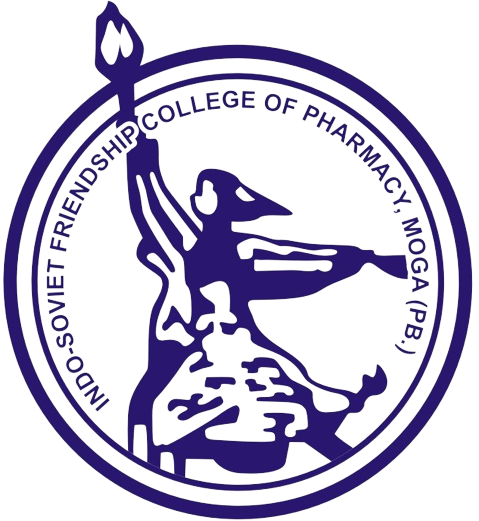PHARMASPIRE - Volume 13, Issue 1, January-March 2021
Pages: 28-34
Date of Publication: 09-Jun-2022
Print Article
Download XML Download PDF
Synthesis and in silico evaluation of indole derivatives as potential anti-inflammatory agents
Author: Bhaskar, Bhupinder Kumar
Category: Pharmaceutics
Abstract:
Indole is one of most promising pharmacologically active molecules with potential anti-inflammatory activity. We clubbed indole with oxazole and oxadiazole to synthesize a potential anti-inflammatory agent. Synthesis of various required intermediates and newly proposed compounds was achieved in satisfactory yield after purification. The title compounds (5a-g) were synthesized by condensing Chalcone derivatives with hydroxylamine hydrochloride using glacial acetic acid. All the synthesized compounds were subjected to docking studies against COX-1 enzyme, (PDB ID: 3KK6) and COX-2 enzyme (PDB ID: 4COX) using Genetic Optimization for Ligand Docking program. From the series, it was found that all the synthesized compound fit to well at active site of COX-1 and COX-2 enzymes as in case of standard inhibitor celecoxib and indomethacin. In case of COX-1 compounds 5f and 5g was found to have highest docking score with 70.50 and 66.08, respectively, as compared to standard drug indomethacin and celecoxib with docking score of 64.84 and 77.90, respectively. In case of COX-2, compounds 5c, 5f, and 5g were found to have highest docking score with 60.37, 65.13, and 63.18, respectively, among these all compounds as compared to standard drug celecoxib with docking score of 67.90.
Keywords: Anti-inflammatory, chalcone, COX-1, COX-2, indole derivatives
References:
1. Grivennikov SI, Greten FR, Karin M. Immunity, inflammation, and cancer. Cell 2010;140:883-99.
2. D’Ambrosio D, Panina-Bordignon P, Sinigaglia F. Chemokine receptors in inflammation: An overview. J Immunol Methods 2003;273:3-13.
3. Medzhitov R. Inflammation 2010: New adventures of an old flame. Cell 2010;140:771-6.
4. Nathan C, Ding A. Nonresolving inflammation. Cell 2010;140:871-82.
5. Menkin V. Inflammation: A protective mechanism. JAMA Intern Med 1931;48:249-61.
6. Murray PJ, Wynn TA. Protective and pathogenic functions of macrophage subsets. Nat Rev Immunol 2011;11:723-37.
7. Jabbour H, Sales K, Catalano R, Norman J. Inflammatory pathways in female reproductive health and disease. Reproduction 2009;138:903-19.
8. Takeuchi O, Akira S. Pattern recognition receptors and inflammation. Cell 2010;140:805-20.
9. Chertov O, Yang D, Howard OZ, Oppenheim JJ, Leukocyte granule proteins mobilize innate host defenses and adaptive immune responses. Immunol Rev 2000;177:68-78.
10. Zhou Y, Hong Y, Huang H. Triptolide attenuates inflammatory response in membranous glomerulo-nephritis rat via downregulation of NF-κB signaling pathway. Kidney Blood Press Res 2016;41:901-10.
11. Srivastava A, Pandeya S. Indole a versatile nucleus in pharmaceutical field. Int J Curr Pharm Rev Res 2011;4:5-8.
12. Dadashpour S, Emami S, Indole in the target-based design of anticancer agents: A versatile scaffold with diverse mechanisms. Eur J Med Chem 2018;150:9-29.
13. Singh TP, Singh OM. Recent progress in biological activities of indole and indole alkaloids. Mini Rev Med Chem 2018;18:9-25.
14. Radwanski ER, Last RL. Tryptophan biosynthesis and metabolism: Biochemical and molecular genetics. Plant Cell 1995;7:921-34
|

